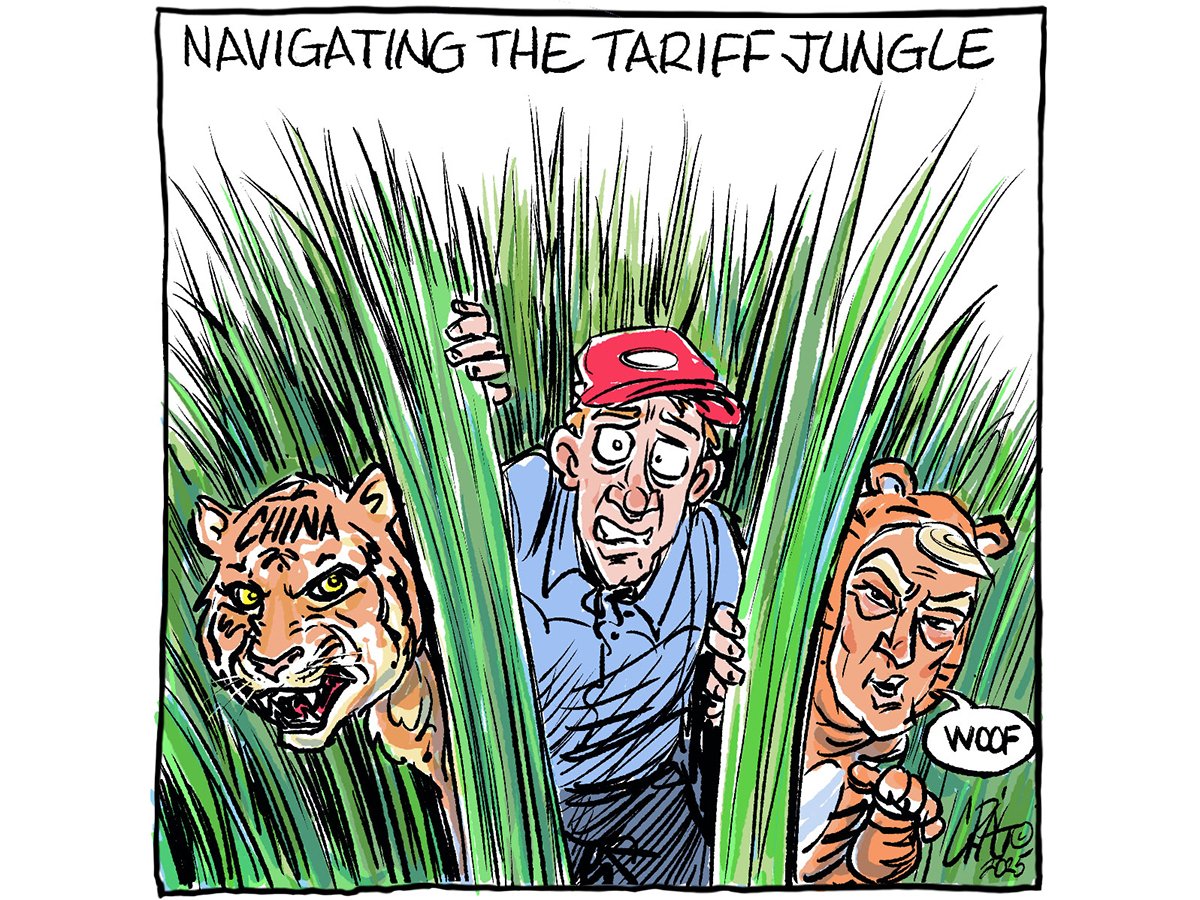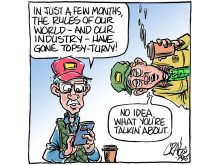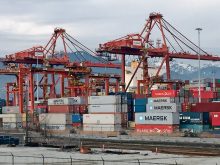When trying to find a way out of Canada’s tariff mess, it really depends on whose tariffs we’re talking about.
If it’s the bewildering array of tariffs that the Americans have both imposed and threatened, then who really knows?
There are many theories as to what’s driving the tariffs, from an American desire to rewrite the world order to a need to increase government revenue.
Read Also

Government, industry seek canola tariff resolution
Governments and industry continue to discuss how best to deal with Chinese tariffs on Canadian agricultural products, particularly canola.
In the end, however, it could all come down to presidential infatuation that doesn’t really need a reason.
It’s not easy to find a way out of the tariff thicket when we’re not sure how we got there in the first place.
China’s tariffs are different, very clearly tied to Canada’s decision to impose our own tariffs on its electric vehicles and steel and aluminium.
In this case, it’s possible to write a plausible-sounding narrative. By choosing to protect Canada’s young electric vehicle manufacturing sector, Ottawa put the country’s canola and pea growers at risk. As a result, the solution is obvious — scrap the Chinese EV tariffs and let our canola and pea markets go back to normal.
An op ed in this paper from a few weeks ago, with the headline “Canola or cars: Canada can’t save both,” made that very argument.
In it, the writer compared the large economic value derived from the canola sector to that of the struggling electric vehicle industry.
“Canola is a winning industry,” he concluded.
“It feeds the economy, supports thousands of families and helps keep our rural communities alive. It doesn’t need endless subsidies or federal cheerleading — it just needs stable access to markets.
“That might mean giving ground on EV tariffs. That might mean swallowing some pride on the international stage. But Canada cannot afford to sacrifice a thriving sector to save one already on the brink.
“If we’re going to make hard choices — and we will — let’s make the one that protects what still works.
“Canada cannot lose canola.”
That’s a pretty clear-cut argument, and one with which a recent poll found most Canadians agree.
It’s also not the complete picture.
There was more to Canada’s tariffs than just trying to protect a nascent electric vehicle industry.
The government was also attempting to remain on side with the United States, which last year was trying to keep out Chinese electric vehicles.
This goal wasn’t going to be successful if China could do an end run around American tariffs by shipping them to Canada and eventually into the U.S. market.
Remember, Canada’s decision to impose tariffs on Chinese electric vehicles predates U.S. president Donald Trump’s second term.
If we were worried about the Americans then, we should be doubly worried now.
Of course, siding with the Americans on Chinese electric vehicles hasn’t helped us one bit since Trump became president for the second time.
There’s a strong argument to be made for scrapping the Chinese EV tariff to save canola, but we would need to do so with our eyes wide open.
So far, the U.S. has imposed tariffs on Canada using made-up reasons such as fetanyl and migrants.
What happens if we give it an actual reason?
On the other hand, the government must also think about what’s right for Canada, including its farmers.
No one said this was going to be easy.
Karen Briere, Bruce Dyck, Robin Booker, Paul Yanko and Laura Rance collaborate in the writing of Western Producer editorials.

















